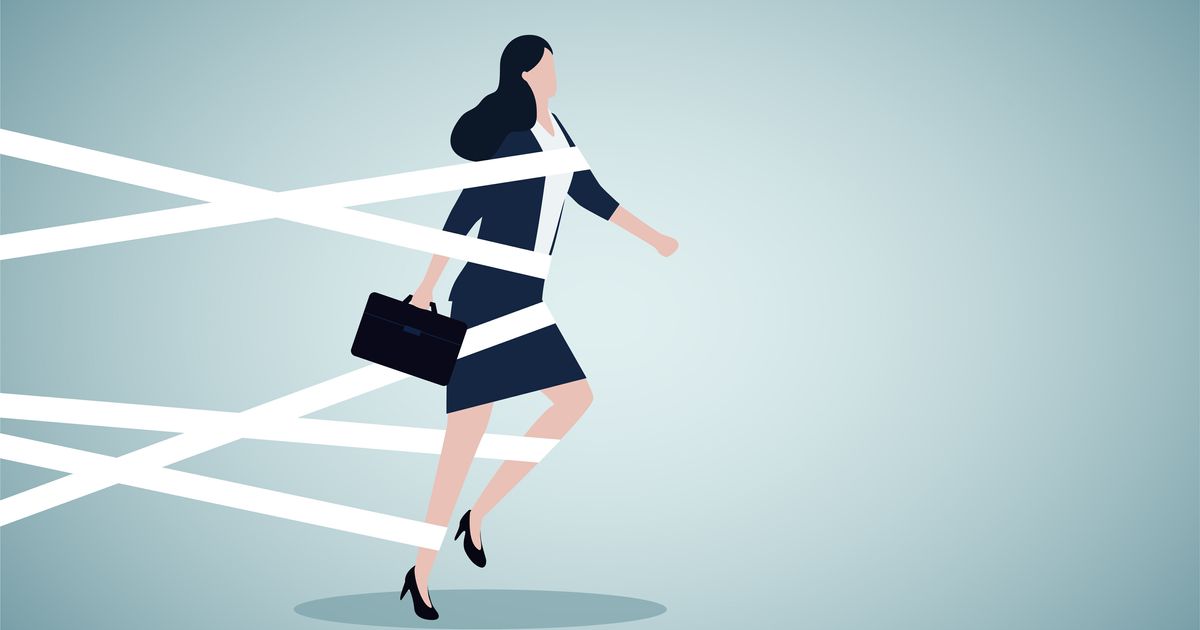Men in their middle age often reach the peak of their professional careers. Their 40s and 50s are typically their most lucrative years. Additionally, their transitions within their families are often seen as valuable. When men become fathers, they experience a “fatherhood bump” in pay, as they are perceived as more mature and committed to their work. As men grow older, their wisdom is highly valued, and they often become sought-after mentors in their fields. In summary, the experiences and knowledge that come with age are considered assets for men.
However, recent research from Harvard Business Review reveals that the story is completely different for women. Amy Diehl, Leanne M. Dzubinski, and Amber L. Stephenson surveyed 913 women leaders in higher education, faith-based nonprofits, law, and healthcare. The survey aimed to uncover the various types of bias these women have faced in their careers. The findings, currently undergoing peer review, demonstrate that gendered age biases are still prevalent in many workplaces.
The researchers discovered that there is no ideal “prime” working age or “sweet spot” for professional women. Women under 40 in the study had their experience and credibility dismissed due to their youth. On the other hand, women between 40 and 60, considered middle-aged in the study, continued to face gendered ageism. The researchers wrote, “There was always an age-based excuse to not take women seriously, to discount their opinions, or to not hire or promote them.”
Diehl has received feedback from women who resonated with the study, sharing that they too have felt they were either too young or too old. Middle-aged women were often labeled as “difficult to manage” and burdened with “too much family responsibility.” However, their male counterparts did not face the same biases. Unfortunately, ageism is still pervasive in the workplace and seen as an acceptable form of discrimination.
Stephenson explained, “Unlike other types of bias or prejudice, age-related discussions are far more overt. We openly comment on age and make jokes about it.” The researchers shared an example from the survey where gendered ageist comments were openly discussed during the hiring process. Women in their late forties were overlooked due to “family responsibility and impending menopause.” Similarly, women in their fifties were deemed challenging to manage due to “menopause-related issues.” Yet, men of similar ages were hired for the same positions.
Diehl emphasized that women between the ages of 40 and 60 face gendered ageism, as they are either perceived as too old or burdened by family and menopause-related issues. She stated, “You’re not seen as middle age, you’re seen as old, whereas your comparable male counterpart is seen as in his prime time.” Diehl also noted that these comments often arise from a desire to keep women beneath men. As women mature in their careers, some men may feel threatened when they become more confident and assertive.
Nancy Hanks, a senior partner at a management consulting organization, shared that the survey findings align with her own experiences. She recalled instances where her expertise was dismissed when she was a young elementary school principal at age 29. Even in her early 40s, Hanks still faces ageism in a different way. She explained, “When you’re more willing to speak up for yourself, take up space, and be a confident leader, that can be intimidating. It’s a kind of dirty little trick.”
To address gendered ageism in the workplace, systemic changes are necessary. Everyone must actively speak out against ageism when they witness it and make it clear that such behavior is unacceptable. Diehl mentioned the search committee story as an example, emphasizing the importance of allies standing up and not allowing age or family responsibilities to discount a person’s qualifications. The researchers concluded, “There was always an age-based excuse to not take women seriously, to discount their opinions, or to not hire or promote them.”
Hanks advises employees and leaders to recognize ageism as a form of discrimination and not treat it lightly. She stated, “Casually talking about age and making jokes about it puts us in a dangerous place. Any categorization or assumption based on age reinforces existing biases, which is challenging for people already marginalized.” Stephenson emphasized that it’s not solely the responsibility of women to address gendered ageism, but it is helpful for middle-aged and older women to remember their value and contributions. Understanding their individual value is empowering.
In conclusion, gendered age biases against women persist in many workplaces. Ageism should be addressed seriously and recognized as a form of discrimination. By actively challenging ageist comments and norms, we can work towards creating a more inclusive and equitable work environment.
Denial of responsibility! VigourTimes is an automatic aggregator of Global media. In each content, the hyperlink to the primary source is specified. All trademarks belong to their rightful owners, and all materials to their authors. For any complaint, please reach us at – [email protected]. We will take necessary action within 24 hours.


